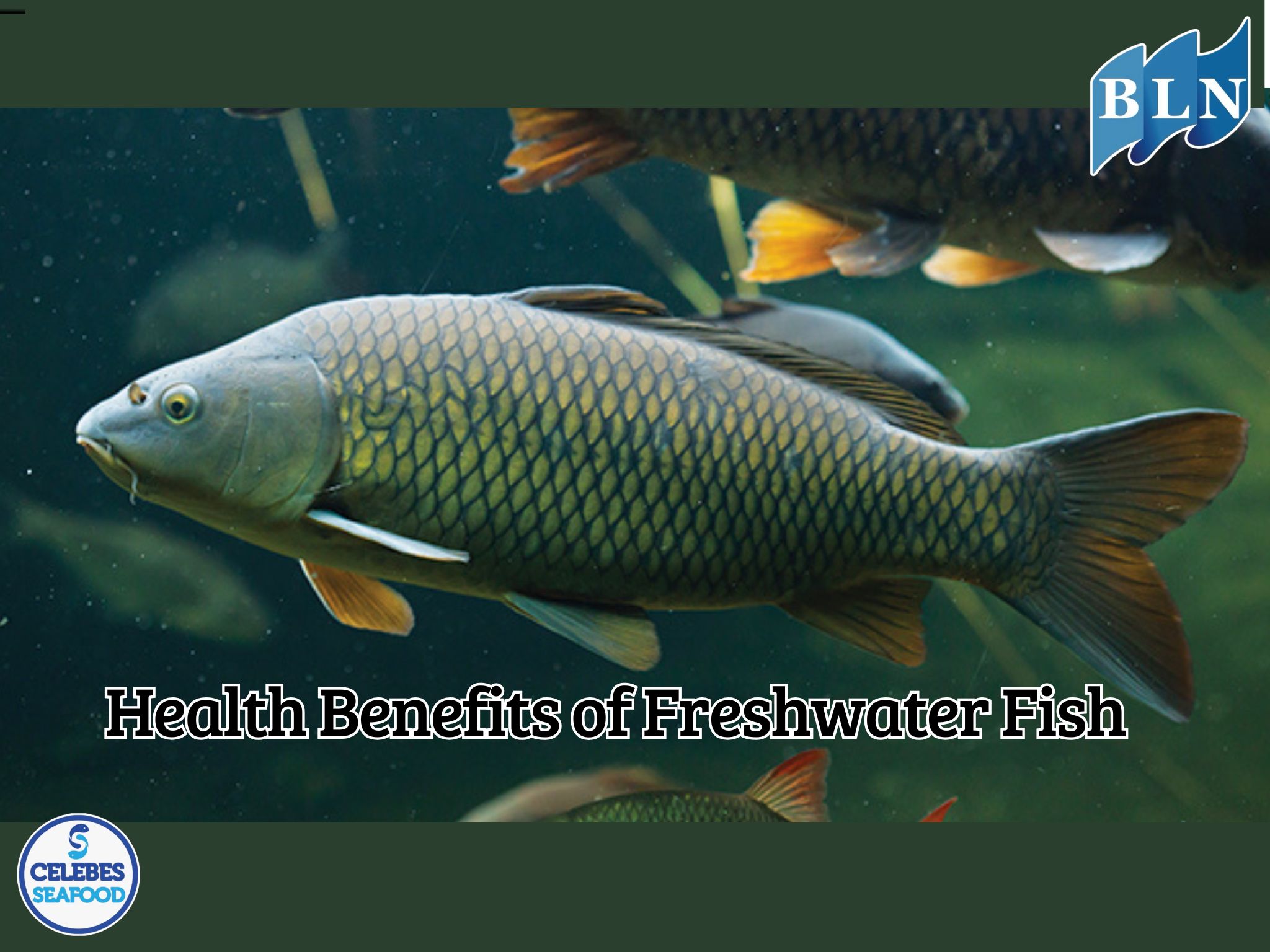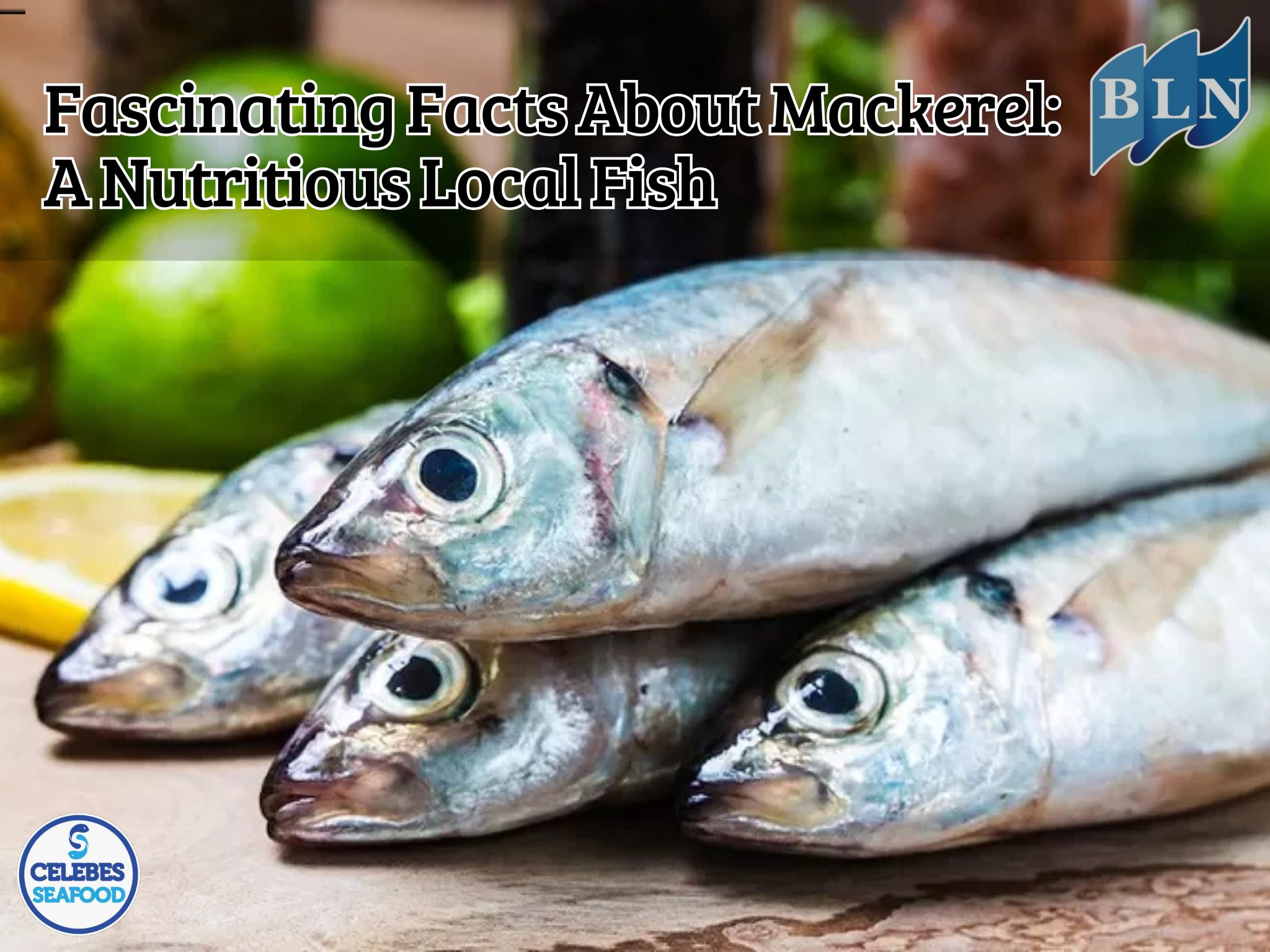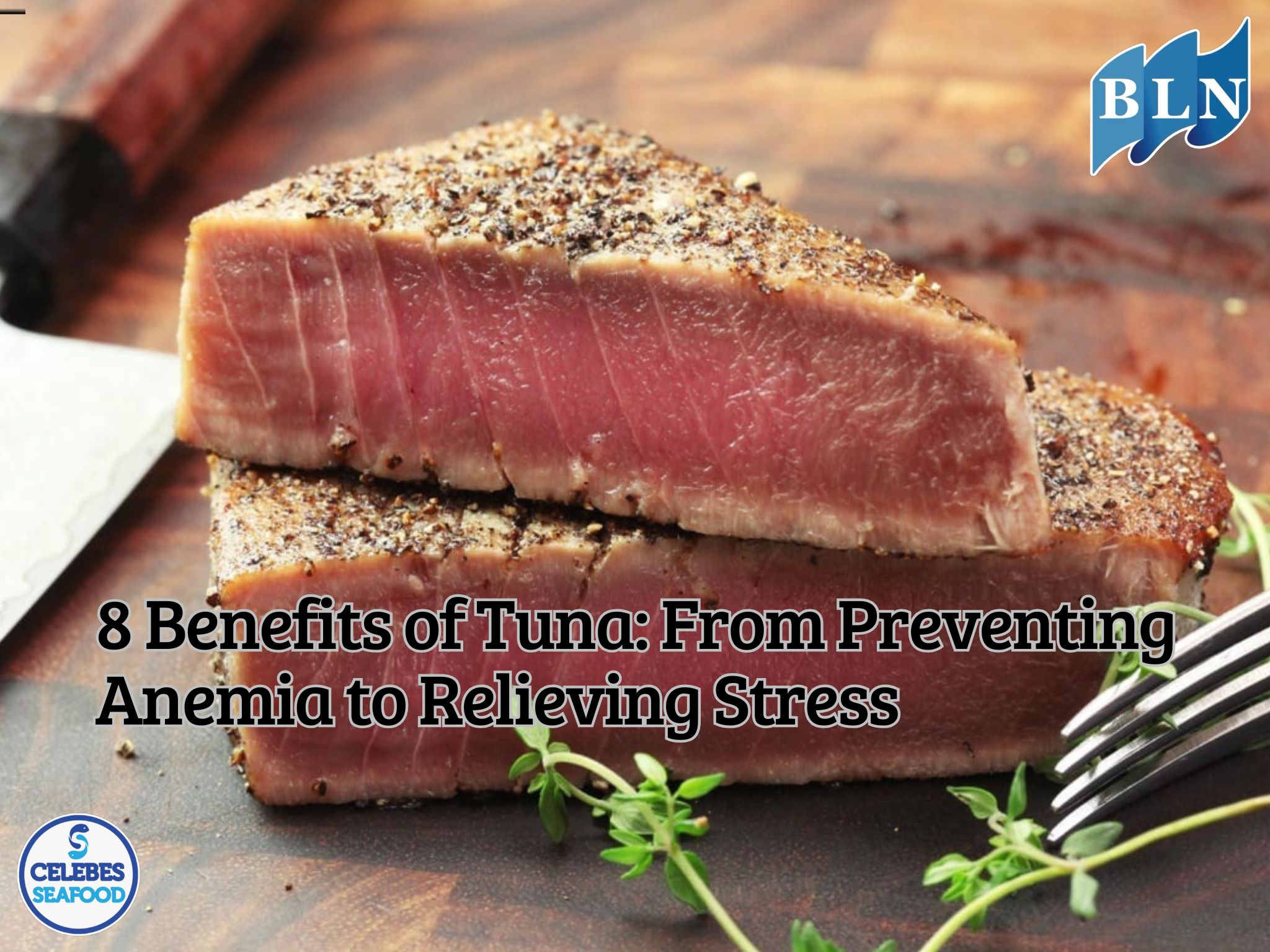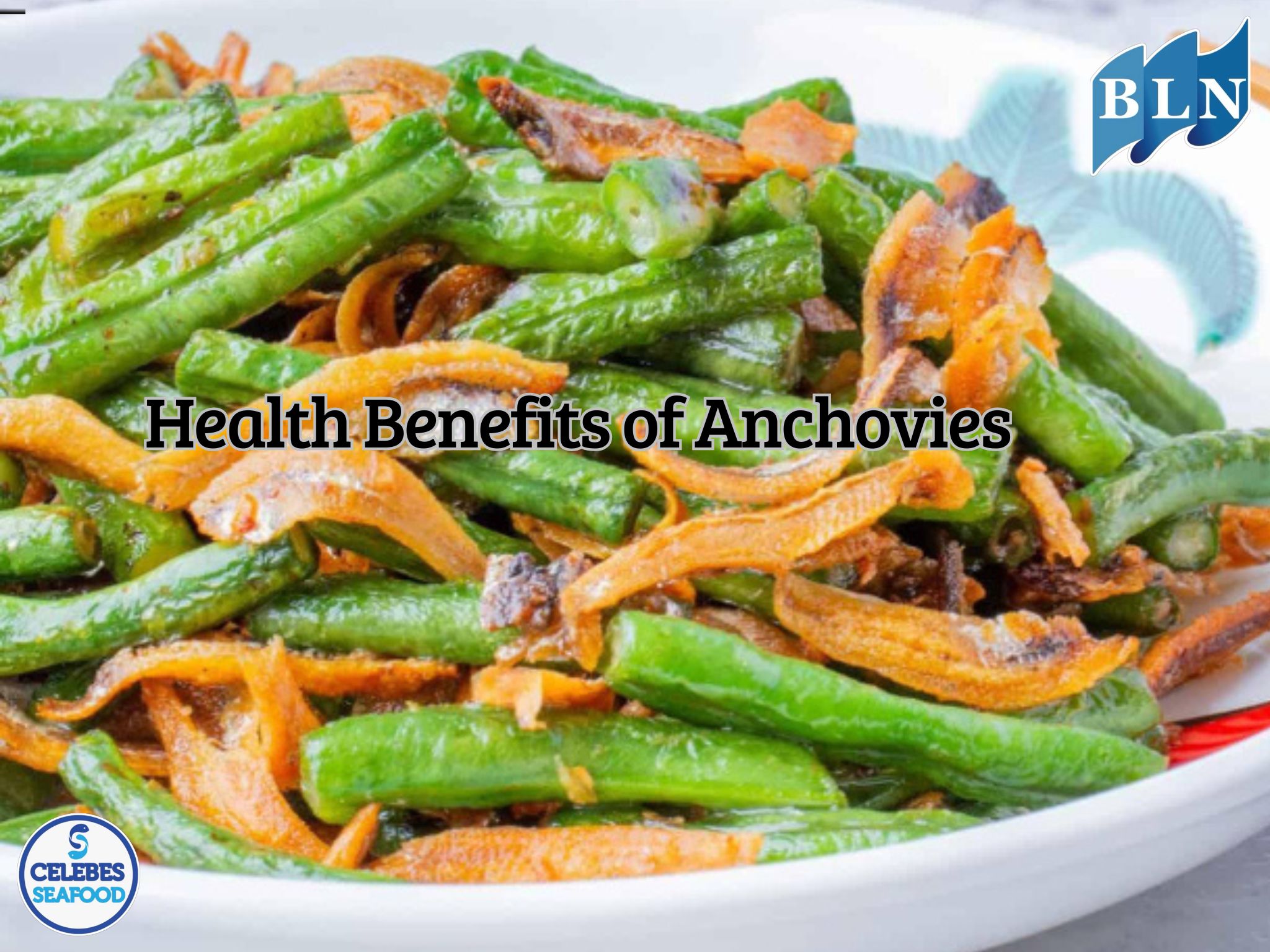The Impact of Microplastics on Tuna Meat Quality: A Review
By. Amma - 26 Jul 2025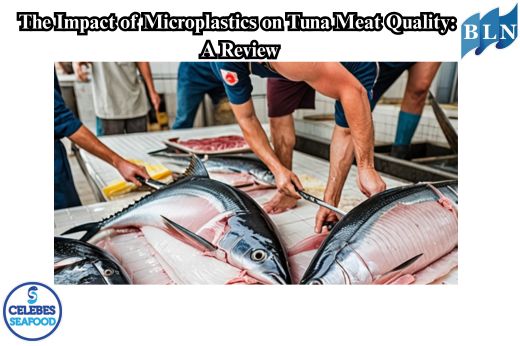
lautnusantara.com Microplastics have been found in tuna meat and have the potential to affect its quality, although the specific impact on taste, texture, or nutritional value is still under investigation. Here's a review of these impacts:
The Presence of Microplastics in Tuna Meat
Several studies have confirmed the presence of microplastics, which are small plastic particles (usually less than 5 mm), in the digestive tract and even in the flesh of tuna. For example, studies on bigeye tuna (Thunnus obesus) and mackerel tuna (Euthynnus affinis) showed the presence of microplastics in their flesh. These microplastics are often found in the form of fibers of various colors and sizes. Polyethylene compounds have also been identified in tuna meat.
How Microplastics Enter Tuna
Tuna can be exposed to microplastics in several ways:
- Ingestion: Microplastics in ocean waters can mimic plankton or detritus, and are therefore ingested by tuna as a food source.
- Food Chain: Microplastics can accumulate through the food chain, where smaller fish containing microplastics are eaten by tuna.
- Respiration: Microplastics may also enter through the fish's respiratory system.
Potential Impacts on Tuna Health and Meat Quality
While specific research on the direct impacts of microplastics on tuna meat quality (e.g., changes in taste, texture, or nutrient degradation) is limited, several findings suggest potential indirect impacts through fish health:
- Internal Damage: Microplastics can cause internal or external wounds, ulcerations, and gastrointestinal obstruction in marine organisms.
- Metabolic and Growth Disruption: Very small plastic particles can disrupt fish metabolism, inhibit growth, and in severe cases, cause death.
- Physical and Chemical Damage: The accumulation of microplastics in organisms can cause physical and chemical damage that is carcinogenic (cancer-causing) and endocrine disrupting. If microplastics cause damage or stress to fish, this can indirectly affect their meat quality.
Implications for Human Consumption
The presence of microplastics in tuna and other food fish raises concerns about potential adverse effects on human health. Consuming fish contaminated with microplastics means humans will also consume these plastic particles, which can be harmful. Therefore, reducing the use of single-use plastic is highly emphasized to reduce marine environmental pollution and its impact on marine biota, including tuna.
If you are interested in our WAHOO NATURAL CUT FILLET SKIN ON, WAHOO QUARTER CUT FILLET SKIN ON please do not hesitate to contact us through email and/or whatsapp


.jpg)

.png)
